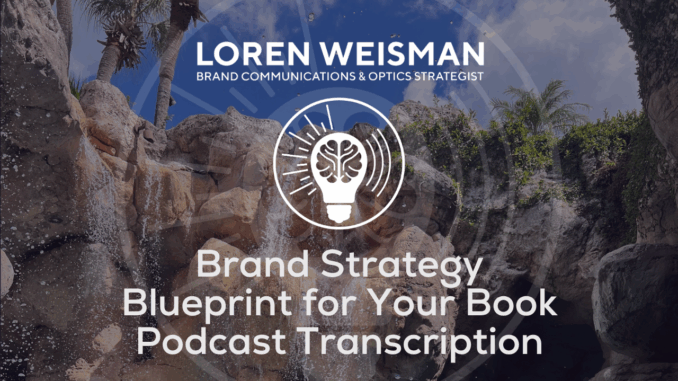
Brand Strategy Blueprint for Your Book: Steps for Real Authority Podcast from Wait What Really OK and the transcription as well as links to the episode.
Brand Strategy Blueprint for Your Book
Released on June, 5th, 2025
🎙️ Tune In:
Listen to this Wait What Really Ok Podcast Episode
Brand Strategy Blueprint for Your Book: Steps for Real Authority
on
Apple Podcasts
Spotify
iHeart Radio
Pandora
Amazon Music
Spreaker
YouTube
IMDB
and other platforms.
Brand Strategy Blueprint Chapters
Brand Strategy Blueprint Chapters:
00:00 – Introduction: Why Write a Book Today
00:24 – Authenticity vs. Authority in Book Writing
01:18 – The Problem with Quote-Filled Books
01:57 – Writing Workshops and Publishing Courses
02:37 – Self-Publishing Scams and Amazon Bestseller Myths
03:30 – The Truth Behind Amazon Best Seller Claims
04:22 – The Hype of Bestseller Status
04:51 – Building a Foundation for Your Book
05:32 – Self-Publishing, Hybrid, and Traditional Publishing Options
05:48 – Hybrid Publishing Explained
06:11 – Working with Major Publishers
07:11 – Book Revenue vs. Speaking and Services
08:08 – Children’s Books and Book Revenue Risks
08:40 – Multiple Book Formats: Paperback, Ebook, Audio
08:58 – Audio Chapters and Staggered Book Releases
09:30 – Flexible Book Formats and Reader Choice
09:45 – Staggered Audiobook Release Strategy
10:20 – Testing Book Chapters as Marketing
10:55 – Customer Journey: Audio to Ebook to Print
11:13 – Courses vs. Genuine Teaching
11:45 – Building a Book Foundation: Speaking and Consulting
12:21 – Protecting Intellectual Property and Book Integrity
13:03 – Outlining and Blueprinting Your Book
13:36 – Using Flashcards and Chapter Organization
14:06 – Structuring and Writing with Flexibility
14:42 – Overcoming Writing Challenges and Finding Inspiration
15:29 – Organizing Chapters and Sections
16:26 – Writing in Sections and Avoiding Burnout
17:01 – Creative Writing Process and Idea Capture
17:41 – Importance of Chapter Titles and Taglines
18:35 – Designing Engaging Chapter Titles
18:57 – Drawing Readers in with Chapter Openings and Closings
19:49 – Media Outreach with Chapter Snapshots
20:31 – Using Opening and Closing Thoughts for Promotion
21:06 – Leveraging Quotes for Book Marketing
21:52 – Making Your Book’s Quotes Stand Out
22:34 – Pre-Optimizing Quotes on External Platforms
23:37 – Blogging and Sharing Your Own Quotes
23:57 – Authority and Reputation Through Original Quotes
24:30 – Building Buzz Before Book Release
25:36 – Securing Domains and Social Media Handles
26:18 – Book Proposals and SEO-Driven Titles
26:56 – Pre-Release Marketing and Promotion
27:34 – Early Visual Branding and Social Media Assets
28:10 – Simultaneous Content Creation and Book Writing
28:38 – Outlining and Blueprinting for Security and Exposure
30:07 – Staggered Audio Chapters and Brand Analytics
31:00 – Investment Opportunities for Books
32:11 – Reading Contracts and Avoiding Pitfalls
33:04 – Learning from Publishing Mistakes
34:01 – Building a Brand Strategy Foundation
35:45 – Closing Remarks and Final Thoughts
Brand Strategy Blueprint for your book Transcription Text
Brand Strategy Blueprint for Your Book
Transcription:
Loren: This is Loren Weisman in this episode of Wait. What really, okay. Is focusing on those that have decided to write a book while it’s turned into a time where anybody can write a book, it seems. And many of these books that are coming out are AI generated and AI prompted.
And there’s a lot of, there’s a lot of reasons for a lot of people not to write a book. If you’re really looking to the point of, oh, I’m trying to appear as an authority, so I’ll write a book, or I’ll use AI or I’ll use these Chat GPT prompt lessons and how to write a book in 20 minutes, you know, not really a great idea, and I’m not trying to get off that path.
But if you genuinely have an authentic, authoritative, true story and there’s something that you want to get out, and regardless of whether it’s to sell some books to open up speaking opportunities, to move toward, you know, move something to clients that genuinely has a foundation that is true and that is you, then hopefully this podcast will be helpful.
However, it’s really a stop point and turn it off. If you’re just doing the book thing because they say everybody has a book in them. I don’t, I don’t believe that.
I don’t think everybody has a book in them.
And I think it’s shown more and more in these last number of years with so many people trying to push out these double spaced, large font, all these images, images of other people’s quotes, other people’s stuff, that model of chapter openers where it’s some famous Zig Ziglar or Dale Carnegie quote. Where is the authority in that? It’s sort of like those videos that you see on YouTube or Instagram or anywhere else where it’s. Somebody else is commenting on an actual authority, but they’re not really bringing anything to the table.
So I guess that would be kind of the preface of this. Let’s say that you are not one of those people and you have a genuine story and it’s a story that you want to get out there. While many say, okay, well, you’ve just got to write and you got to join these writing workshops and you’ve got. And here’s how you write a book, and here’s how you do this, and here’s how you do that, that does work for some, but not necessarily for all.
And many of these people that are pushing the here’s how to publish a book, many of them have, you know, not really all that successful books for themselves and they’ve put together some kind of course or some kind of model to try to get other people to do it so that they can cash in. I would be very wary of these courses. And also when you’re looking up about publishing, there are a number of self publishing scams out there. And the thing is, anybody, oh, we’ll hook you up with editors, we’ll hook you up with this, we’ll hook you up with distribution, we’ll get this thing to be an Amazon bestseller.
Brand Strategy Blueprint for Your Book Transcription Continued:
I’m going to touch on that before we dig into the book an Amazon bestseller and look at the expert. You can become many. There are genuine self publishers out there, but a lot of these are scams where they’re looking for money to basically build a book that has no solid foundation, no security and no real stability, especially in today’s market with AI, with plagiarism.
And as all these things have just increased and gotten worse. And then that last touch on the whole Amazon bestseller, I don’t know what the price is, I’m sure it’s gone down now, but these people claiming to have Amazon bestsellers, isn’t it amazing?
Take two seconds to think about it. Isn’t it amazing how many people have claimed to be best sellers that you’ve never heard of? Amazon has thousands of categories. And just to touch on this and then move on, what some of these book consultants will tell you to do is to pick a category that’s very, very low and then you attack in there and then…
You can buy this little program where it’s going to get a whole bunch of robots to download your book at the same time and it’s going to bump you up to number one in a given category and you’ll be there for a minute or five minutes or ten minutes, who knows? And then they’re going to grab a screenshot when that happens, they’ll send it to you and all of a sudden you’re an Amazon bestseller.
That’s a lie, that’s deceptive. You are a best bought download for a momentary time for seconds, minutes, maybe a few hours, and then it went away because you didn’t see a single sale from that. You ended up spending money for this hype position. And more people are getting onto that. Again, if that’s something that you want to do and you want to claim on the Amazon best seller thing, this podcast might not be for you.
I’m not trying to turn people off in a way, but if you genuinely want to put out a book Consider doing it in the right way, in a foundational way, in a secure way, and moving away the assumptions and the connotations of an industry that has become more and more flawed. I’ve published three books. One was completely self published.
It was, it was self published through an agent and it was a self publishing house of sorts. So a lot of it was paid for. I was guided through, I was guided through their process. I had paid out of pocket for that. And then there was baseline distribution.
The second book was a hybrid publish and these are publishing options that you can have. The second book was a hybrid publisher. It was a great publisher that took some of the cost, I took some of the cost. It’s a very fair percentage that comes back. You’re going to get paid a little bit more when you have some skin in the game.
And it worked out decently well. The third book was a major publisher and I ended up brokering a deal with that major publisher, knowing where the state of the book industry was, where I really wrote on the front side and gave royalties and extended elements on the backside back to the publisher.
And in that it was an advantage for many years for me because the level of promotion went up, up that much more because I wasn’t necessarily getting the royalties. Now some jumped on me for that saying, okay, that’s foolish. But even with certain major publishers and with hybrid, you are paying or money is being spent that you have to pay back, that comes to the warehousing, comes to the transportation, parts of printing, all of these different costs that come into line.
And what I felt was I’m going to get on the front side before the bulk of these costs come in, handle some of these costs, take the advance, take these payments and I’ll be good to go. And in that book that still is marketed and out there today, it helps to promote me.
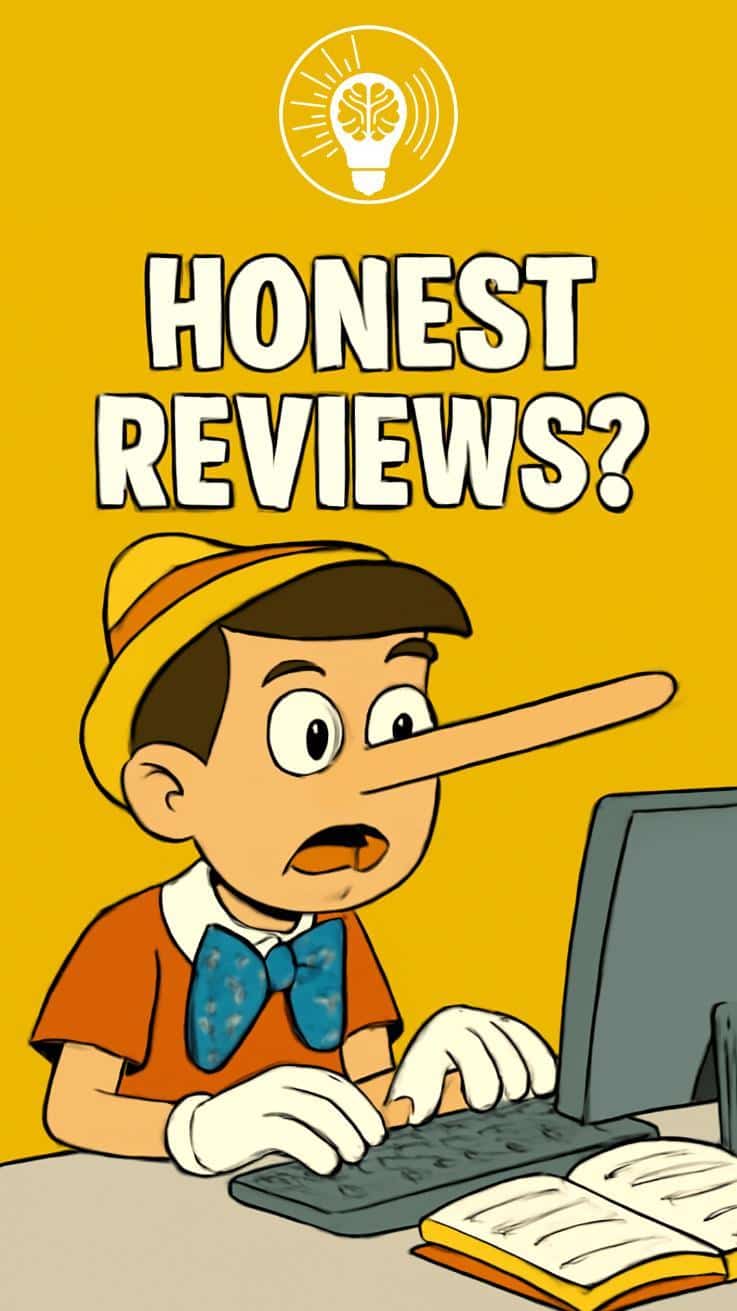
Brand Strategy Blueprint for Your Book Transcription Continued:
And I guess as we jump now into the actual foundation, are you looking for a book where you’re trying to make X a quarter and most of the books, major publishing, they pay quarterly or are you looking at other elements? Because if you’re looking solely to have a living as an author, that’s a very challenging world to be in and more than likely it really is impossible these days.
I would advise that if you have a story, if you’re tying that to genuine speaking, if you’re tying that to services that you provide, if you’re tying that to other elements, it’s going to put you in a greater position than trying to put out this book.
Now the Same thing goes. It even goes a little bit worse for children’s books. Children’s books pay even less in some. In some cases. Is it something you want to do genuinely from the heart and tie it to a company that you’re with, a nonprofit speaking clients product, anything like that, that can be a great connection, that can be a great bridge. But sitting there solely operating purely on just book revenue is a dangerous way to go.
Now adding the numerous elements can be a good idea and that can up the. Up the revenue too. And this is kind of on the front side. Thinking about not just the paperback, but are you going to do a hardcover, are you going to do an ebook? Are you going to also do an audio? I really recommend all of those. Now, my second book, it was a music business book.
One of the things I did with the audio and I highly recommend it for people that are putting out something that might be a little bit more. If you’re a strategist, a consultant, coach, you have a series of different topics run through different chapters and you’re able to have a book that can be read from any space. And I prided myself on my second book that you could read.
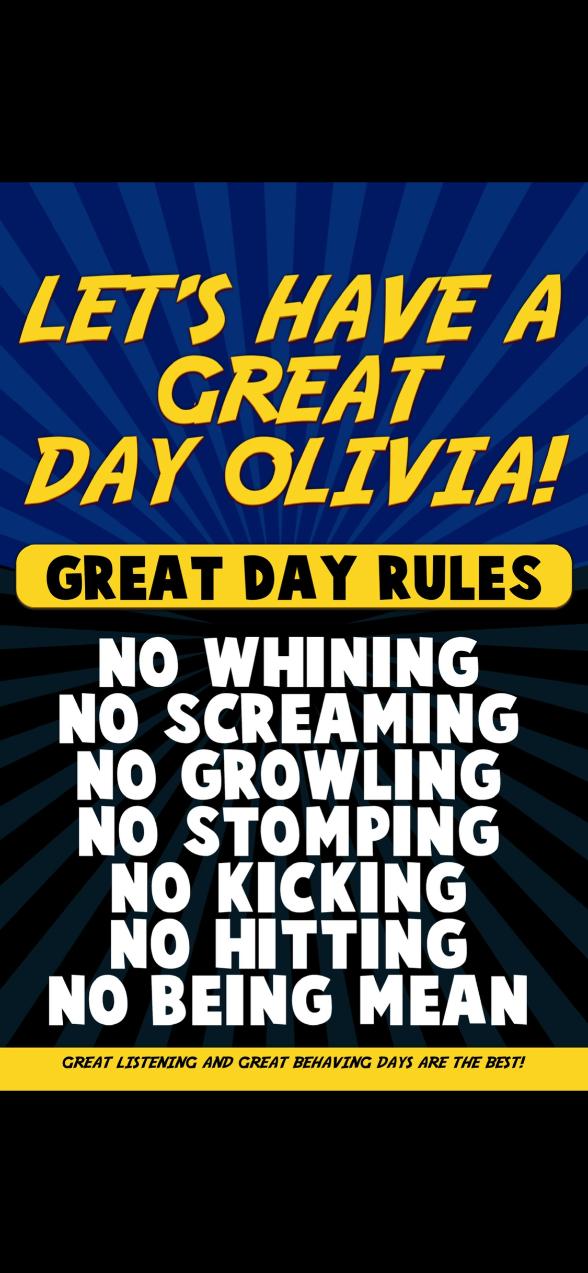
Then from there, a month later, we staggered for 12 months an audiobook coming out once a month. And in that audiobook was just a single chapter. So chapter one came out a month later, chapter two, and inside of the promotion that was online and also in press releases and in major media. It wasn’t the same concept of buy my book, buy my book, buy my book, you got to buy my book, review my book. There was an element of this is available right now, the audiobook for chat, you know, the audio chapter for this book is available now. And it ended up being a cool and almost. It was humble in not saying, okay, buy the book, but run me for a test drive.
Try this 99 cent chapter. I think some sites might have charged a buck 99, some were up to two 99. But try this chapter, see what you think of it. Maybe you’ll want to wait till next month and get another chapter. Maybe from there you’ll want to get the ebook, or maybe from there you’re going to want to get the paper back. And I found in looking at sales over time that many people went to a couple audio chapters and then they buy the ebook. And then even some of them, when I was out speaking, they said, well, I bought these four chapters, then I bought the ebook, then I bought the paperback. I wanted to have the physical copy as well. So that one customer ended up being an array of purchases which then help with the profit as a whole.
Brand Strategy Blueprint for Your Book Transcription Continued:
The other points inside a profit are not necessarily courses. And I know that people say, oh, you need to have a course, you need to have a course. I don’t believe it. If you’re not a genuine teacher, if you don’t genuinely have a course in you, don’t use one of these AI things to fake it, because people are going to know. And right now, more and more these courses are getting slammed and attacked for people that maybe they did have a book in them and maybe they can serve well as a coach or a consultant or a strategist, but then inside of a course, it just looks like crap.
So if you don’t have a genuine course in you, try to move away from products like that, please. Getting back to the foundation, though, we’ve talked quickly about the different models of what you can put out. You talk about the speaking element, the consulting element. These all become part of the foundation even before you write the book. And as you go to write the book, thinking about ways to protect the property, the intellectual property, the integrity, and at the same time to look good for.
If you want to go to a major publisher, if you want to go to a literary agent, what are ways that you can do that can stand out in a world where everybody supposedly can be an author, but really are they selecting you or are they going to look at you? Or do you become worth the investment? Does your story stand with authority? And in that, as you begin to outline it and you begin to almost blueprint it, this may open many more doors, opportunities, and even advances to do the book in the way that you’d hope to and in a way that can really protect you.
What I mean by that is outlining a blueprint of understanding the shape of the book. What are you Know, as opposed to the. I’m going to sit down and write the Great American Book, and I’m going to start writing from the opening point to the closing point. Consider laying it out, maybe even using flashcards. I used flashcards for my third book, and I moved them around. I wrote down. I’m like, okay, is this a chapter? Is this a section? Is this, you know, a subheader? I would call them. I did one of the For Dummies books. So Is this an H1, a header 1, a header 2, or a header 3? And in slowly moving the pieces around and getting this sound foundation of what this looked like of what was going to be written, it became much more comfortable.
I wrote my third book in just under four months, and I did that after I put together the blueprint and this baseline foundation. And in the book I was talking about, it was another book on music, but I was talking about different things. And some of the same things from the second book, but in a different format. And I really wanted to collect my thoughts in a way to make it easier to write. I’m not an author. I dropped out of college to become a drummer. I was in music and television for many years.
I’m not an author. I was not a writer. There was a bartender in Seattle, Washington, gosh, what was his name? John Moroney, said, you need to write a book. And I laughed at him. And my first response was, as he was serving alcohol, so you must be drinking. And he kind of ripped me for a while and just kept going, you should write a book. You should write a book. And the more I thought about it, I said, okay, I’ll try. And with that first book in kind of looking at, okay, I’m not going to write something front to back.
Brand Strategy Blueprint for Your Book Transcription Continued:
How am I going to remember all these things? Let me break it out. I began to design chapter ideas. They weren’t the chapter titles, and we’ll get to that in a bit. And then I began to say, okay, what sections will go where? And then I began to see a form and inside of this format. The idea was not to write it front to back or write complete chapters. It was to write from the standpoint of not being a writer. I had sections and eventually I made on my computer files for each chapter. I made file sections of, okay, so this chapter is here, that chapter is here, okay? And I had a little, you know, notepad, word docs that had notes in them of this will go into this chapter.
Let’s cover some stuff on this. Let’s cover some stuff on that. And I was able to, in a much more comfortable way, write the first book by writing what I felt in any given day. At that time, I was producing full time. I wasn’t really on the road. I was speaking a little bit. And I would get up in the morning, I’d usually go for a swim, the, you know, have a little bit of breakfast, and then I just try to write for, you know, an hour or two.
But in that, it wasn’t just writing fluff or writing, who knows where this is going to go. I would think about where I was, where the inspiration was, and I would see, what chapter is that going into? And then inside of that file for that chapter was, okay, here’s some loose ideas, but this is what it’s going to go, and I know it’s going to go in this chapter. And then eventually inside of those chapters became sections. Then I could hop around this model, which made it a lot easier than people if they were back in the days of typewriting or writing by hand. I could jump from place to place.
And I never got burnt out in writing because I never felt the restriction or the constriction of being stuck or like, okay, I’ve got to fill this in. I could be sitting here working on this section, you know, some subsection in chapter three, and all of a sudden I’d have an idea. And I’d either pop that idea into a notepad to address it later, I pop that idea on a page in another chapter file, or I take a break and then just go into that other file and write from there. In this, it brings almost a greater creativity, or it did for me, and a greater relief to jump around, to have the freedom and at the same time to get all the thoughts out.
And then this master notepad that I had that was right on the. Right on the front of the laptop. I don’t know where this is going, but here’s a note. And oftentimes when I was checking emails in the morning, I would look at those notes. Where does this belong? And I moved that around myself. And then the foundation grew into large chapters. And then there was a format, and that’s when the editor came in, and so on and so forth. The other element in this initial phase can be titling and seeing almost the chapter titles as something more important at first than the title of the book itself.
When we sit here, I need to have the great name. I need to have a great name. I need to have a great name. Maybe consider that having a great chapter title name something that can stand on its own. So if you do an audio chapter that can stand out, something where there’s a tagline, not just a tagline for the book, but a tagline for the chapter. I believe in more of the educational books, and even some of the ones that aren’t as educational, a little bit more story. Having that chapter title, designing that tagline for the chapter, and having an opening thought and a closing thought to that chapter can be a great tool to get people to read, and especially get people to read that might not necessarily want to read.
So the concept here, and some of this can also be, if you choose a different writing mode of saying, okay, I’m going to work on chapter titles, taglines, opening and closing thoughts, and then I’ll fill in and write the chapters in from there. Or you might end up writing inside and going backwards. But either way or either direction that you choose, please consider having the importance of that chapter title. Almost like a headline, probably under 70 characters, a tagline to it, it brings an extra piece to that and an opening and closing thought. Here’s one of the leads for the idea of the book as a whole.
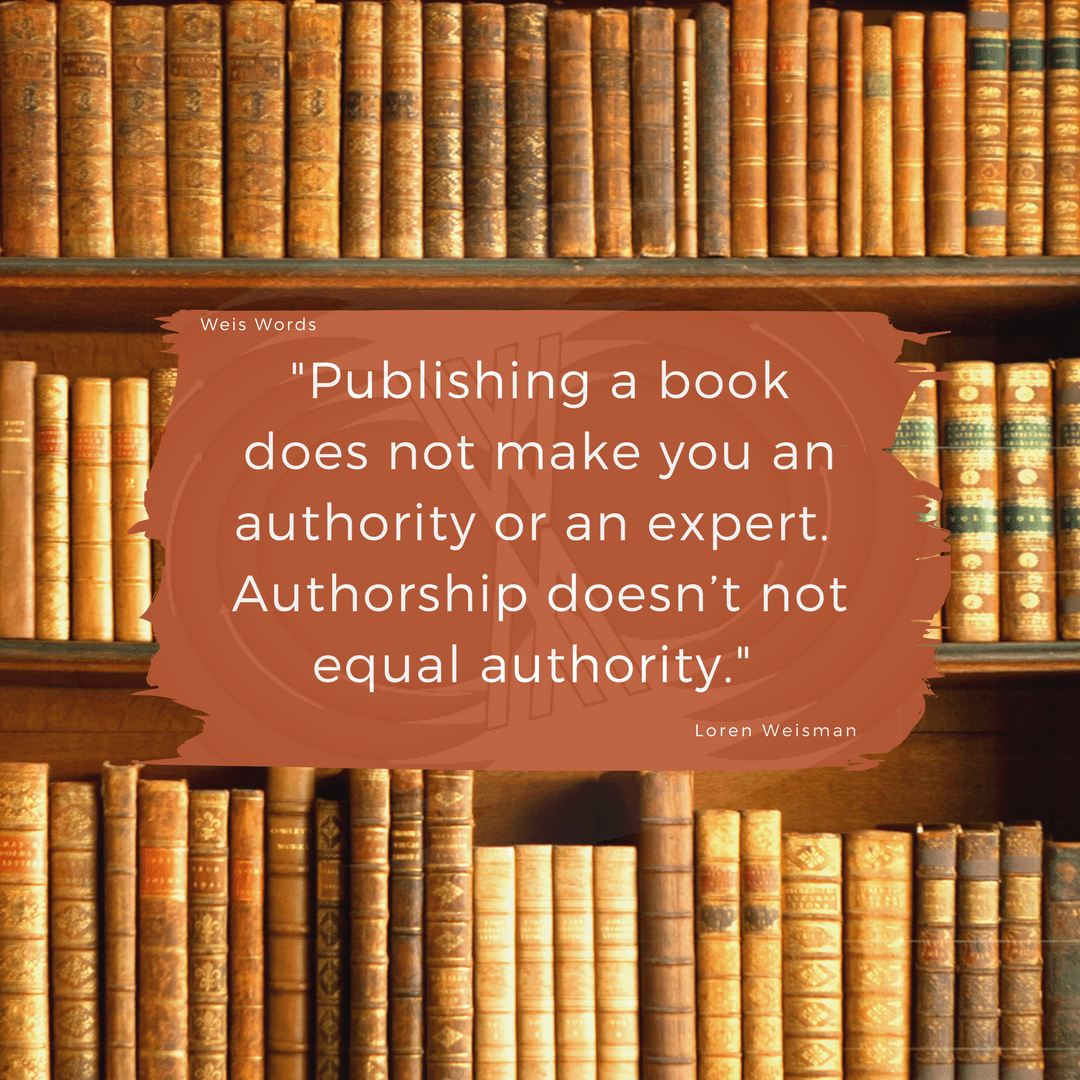
Brand Strategy Blueprint for Your Book Transcription Continued:
Could somebody go into each chapter, read just the opening and closing thoughts, and get the gist, or from there be drawn in that much more to want to read the rest of the chapters? I believe this to be a great way to draw people in and at the same time to draw media in. There are many people inside of media where they’re handed a number of books on a daily basis. What’s going to draw them to review? What if you sent out with a review packet saying, okay, here’s the book.
By the way, there’s opening and closing thoughts for each chapter. So if you just want to skim, you can get a much better idea. One of my promotion points and promotion docs that I sent out when I was doing pre reviews and pre release of the second book was a PDF document that was just the opening and closing thoughts of each chapter, as well as the opening, the opening of the book and the conclusion of the book. I got a lot more interest and a lot more return on the investment of the time that I put in of people asking for the entire book, of people wanting more, of people wanting to dig in.
So consider that opening thought and that closing thought, and even inside of some of those opening thoughts and closing thoughts, when you get them honed in and you’ve now designed a chapter, even before that chapter is completely done, some of those opening and closing thoughts can Be used in advance of the book being put out through social media, by audios, by videos, and especially quotes. And getting to the quote part, jumping over to quotes, please consider inside of your book. If it’s, let it be your book. Be the author of your book. Don’t put other people’s quotes all over your book. Don’t let these opening thoughts, like so many choose to do, have somebody else’s authority, somebody else’s expertise, make it yours.
If there’s a certain quote that you are tying in some kind of knowledge or some part of the story to, by all means, but don’t have these segments and these books with these people where it’s just quote unquote, on quote unquote of other people’s authority. Let it be yours. And as you find a quote that might be important, that might be something going, okay, this is definitely in the book, this is definitely here. You can make it as you can have it be something that’s pulled out as a pull quote in certain images as opposed to just having a chapter and a whole bunch of pages. You could have something enlarged, something italicized, something bolded, something to stand out, something to break it out for the eye for someone to read.
And if you know, okay, this quote is going in, this quote is going in here. It’s going in the middle of chapter two. It’s on this subject. I really like it. I know it’s going to be there. Boom. That is in chapter two. Feel free and please consider doing this to add that quote to Goodreads and you can add a quote to Goodreads before your book is published, to sites like quotes.net to quote fancy and to many of these other places where you can begin to pre optimize the IP of your work so that as the book comes out, when people look up some of these quotes, they find them located in all these other places. Every so often it can be good to put out that blog of your quotes and add it on a website inside of an article.
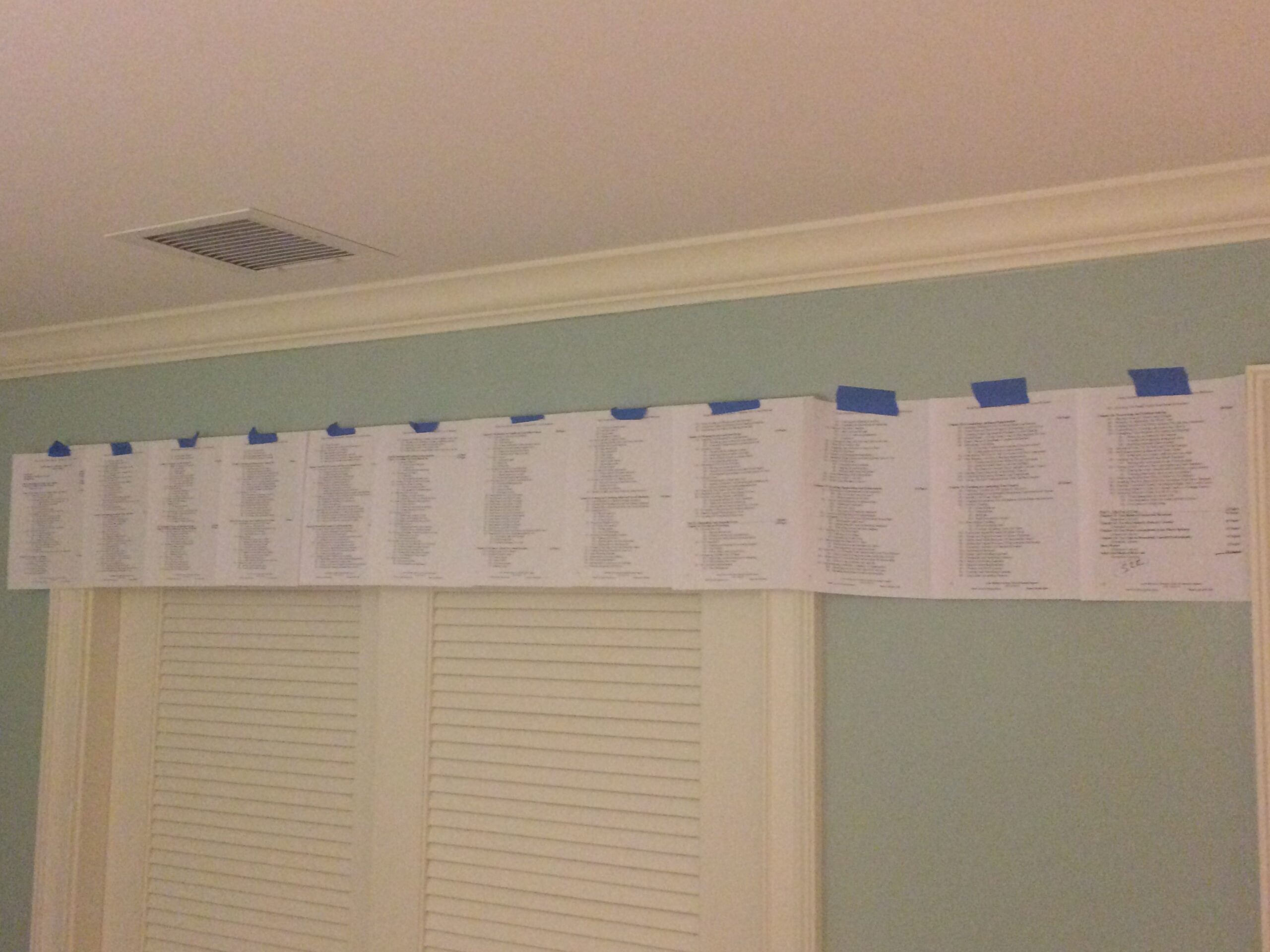
Quotes that you can be quoted on inside of interviews. Would you quote me on this? That’s great. Let’s say it’s one of the Kirkus reviews and it goes through a major publisher. That’s a quote that’s going to have some high authority and point back to you. Recently, right now, in just protecting some of my older quotes, I ended up doing a, you know, I ended, I titled it Top 100 Loren Wiseman Quotes. Now, this isn’t a look at me. These are quotes that I hope people are happy with.
But the main point was to reestablish quotes that were from my book, from my three books, quotes that I’ve had on my website, quotes I shared in interviews, quotes about how I operate, how I like to work with people, what I advise people to do. And again, it’s a re energizing of these are mine. And so at the same time, you can do that in advance, these are yours. Creating elements in advance can also help whether you’re going to a literary agent, whether you’re going to a hybrid, whether you’re going to a major publisher for them to see the strength of what’s being created, to begin to see the buzz of what’s happening, whether you end up with a working title, whether it ends up having the title ends up having to change somewhat, that can happen too.
But coming back to the blueprint, in really designing chapter titles, in designing a title for the book, in looking, in doing a brand discovery, and that’s something you can do with someone like me, that’s something you can do with other brand strategists that understand this methodology and this model to work in, to understand what is the chapter title, what is the title of the book going to be when that’s searched on. Are you buying some of the domain names already? Are you securing a social media Are you securing a social media set? Do you have this stuff taken?
Maybe you don’t know what the cover of the book is necessarily going to be and you have just a holder image, but this is where your ex is going to be or formerly Twitter. This is the Facebook, this is the Instagram, this is where you’ll have your YouTube having these things set up. Not only does it set up a primary level of security for you, for your IP and for the book, but it can be a great preliminary marketing element to go to, to go to a publisher and state, this is what I’m doing. When I had put out a book proposal, put out a book proposal on a Friday and it came back on a Monday afternoon saying we want this. And what I sent in the proposal, it was one chapter done, it was 11 chapters stated.
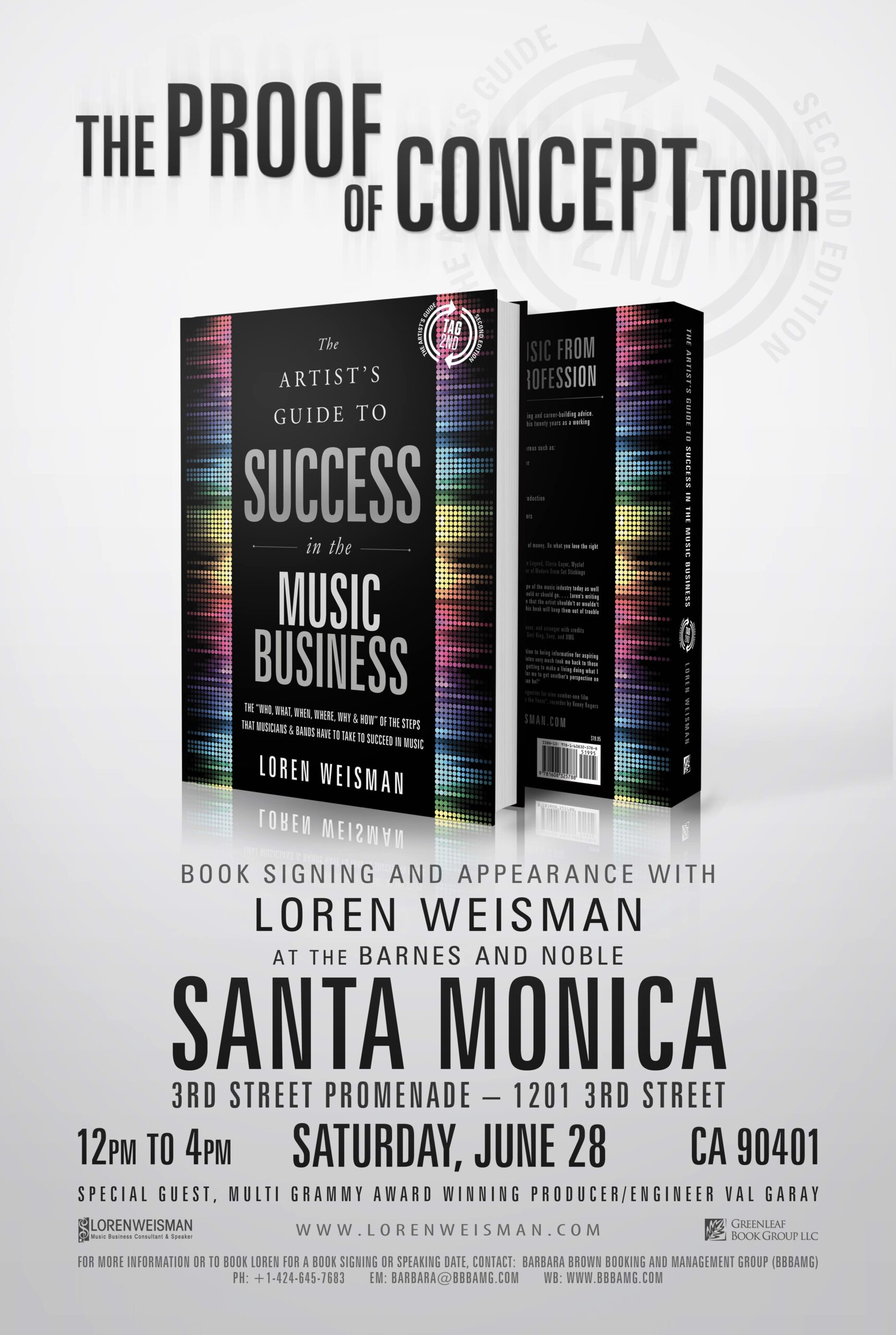
These are the names, this is what I want to call them. I understand certain things are going to change, but from an SEO standpoint, from a competitive standpoint, from a comparative standpoint, from a connotative standpoint, these may be the strongest. Here’s the opening and closing thoughts as they are at the moment for the rest of the chapters. And by the way, here are the domains I purchased. Here’s the social media sites that are all up, there’s nothing on them. And here’s the outline in the direction of where I’m taking it. I became less of a risk and a safer investment to be viewed for what I was doing and what I was doing in advance while the book was still being written.
And in that it brought a level of promotion and it also helped once the book cover came back, I believe that was. Oh, book came. It came back in. I think it was like December. I don’t even remember the year now. But then I could use the image of the book. And the book was still five months out from being released. And I was able to get the images of the book, the fonts, all the typeset, all the look up onto all these social media headers. I was able to get the front in the backs for the YouTube videos. I was able to get a lot of just the watermarking done. And then I was even starting to put out from there the videos about going a little further into this is what I talk about in this chapter.
These are some of the ideas. Here are some of the quotes. I was putting the quotes up through Goodreads, through Quotes.net, OwnQuotes.com and through these other places I was building simultaneously while writing the book. And then yeah, it went to editing and went to, you know, tech editing and proofreading and the whole nine yards and a lot of that stuff. Yeah, that’s down the line. And again, the writing process, it might be a little bit longer for you. Not saying you have to write it in four months, you might write it in two years. But still in the first phase in this security, stability, foundational phase, consider the outline, consider the blueprint.
Brand messaging blueprint strategies for creative careers.
Brand Strategy Blueprint for Your Book Transcription Continued:
Consider putting this together for yourself, working with someone like me, or working with me on one of these so that you have all the formats in place, so that whether you’re pre pitched to a hybrid, a major, a literary agent, whether you’re doing this yourself and you just want to protect the story as it goes out, whether you want to build up the advanced traction before the book comes out, you’re setting a precedent with a better foundation that’s that much more stable to build and get the exposure you’re looking for.
Consider taking your concept, and this is part of where you protect it as well, into a level where it’s showing up in. It’s almost like blockchain book writing, for lack of a better word, that it’s not just I’m working on a book and it’s coming or something that you pop out on your personal, your business, social media, but that the domain is taken, the social media handles are taken, the outline of what you’re creating is out there. That this begins to showcase a strong, viable product that has the legs to it to run for a long distance.
Brand Strategy Blueprint for Your Book Transcription Continued:
That idea of stating if you can, multiple audio chapters released over an extended amount amount of time discussing in options if there are other books inside of you or other books that tie to this, that here’s the book that I’m doing, here’s the outline of it, here’s the opening thoughts, closing thoughts, taglines of chapters, tagline of the book as a whole. And from here I would go to here figuring out some of the market and some of the analytics and the brand of where this may impact the best. Not, excuse me, not shortcutting. If this is to be something a little bit bigger than that local little, you know, mom and pop self publishing publishing house that can pop you up on Amazon and print you 500 copies is not going to be the answer. There’s also in between the self, the hybrid.
There’s also investment opportunities, there are ways to go for investment for your books. And once you showcase what’s going on, you may be able to draw out investment. So the main point being and kind of summing things up and then a last thought, prep the best foundation that you can for the authenticity and the authority of your story so that even while you’re in the midst of writing it, you’re promoting it, while you’re building the message across it, you’re marketing it and that you’re already bringing in all the authentic structures prior to the editor, the proofreader, the tech reader. You’re authoring out and advertising what this thing is going to be to the public, to media, to literary agents in advance.
And in the last part of this, and this impacted me with a particular book in the last part, read carefully the contracts and the deals that you get into. Look for the warning signs, look for situations that don’t maybe appear at first. This goes with anything I would say. And I used to say I don’t say it anymore. And I really corrected myself shortly after one of the books came out that I felt a little bit screwed over by a situation that occurred. And in the end it was my fault. It wasn’t.
These people chose to do something that was not very moral, not very ethical and absolutely questionable. And it cost a lot of. But I didn’t take the time to read a section of a contract that I thought I just buzzed across it. It seemed fine to me, but it wasn’t fine. And it cost me a lot in the long run. And while I’m still proud of the work and the work still is out there promoting, there was also a piece of that that it was very harmful, but it was harm that I caused because of my lack of due diligence, my lack of vetting, and my lack of double checking.
If you get right as you’re getting to that point of whether it’s signing or distributing or whatever deal that you might end up cutting, look very carefully. And if you’re not 100% sure and really in all to get a lawyer to review a contract or if you’re really clear on parts of it, to say, okay, I’d like to book this consultant, because there’s this one page or this paragraph or this that I’m a little unclear with. Having that legal person review that with you, it can make all the difference. So in close, consider the brand strategy of your book, the optics of your book, the foundation, even before you’ve written the whole thing.
Brand Strategy Blueprint for Your Book Transcription Continued:
Consider moving away from the idea of I need to write a book and complete this thing. Before I think about any of that, I say do the very beginning steps simultaneously to create the greatest foundation so that the IP stays yours, so that people know. Begin to learn your quotes, begin to learn parts about your story, things that you can feed into podcasts, into videos, into short videos, into the quotes that go out, into articles, even into parts of it, of a little bit of the story of where you’re at with how you’re writing it and bringing this whole product that goes beyond just the book itself to a finish line that is a starting point for the book, for the subsidiary elements of the book, the ebook, the audiobook, whatever else, the speaking, if there are seminars, whatever else is involved, or if it’s cross promotion of products or your services, whatnot.
But when you add that different view and when you power up a little bit more with this blueprint and this foundation and you have that genuine story, I believe you can have and create a greater impact in media, in the publishing world, and then in the launch, sales and recognition, as well as genuine reviews, and be able to get that just that much further out to the world, that’s all I got. My name is Loren Weisman. Have a good one.
How My Daughter Changed My Approach Podcast


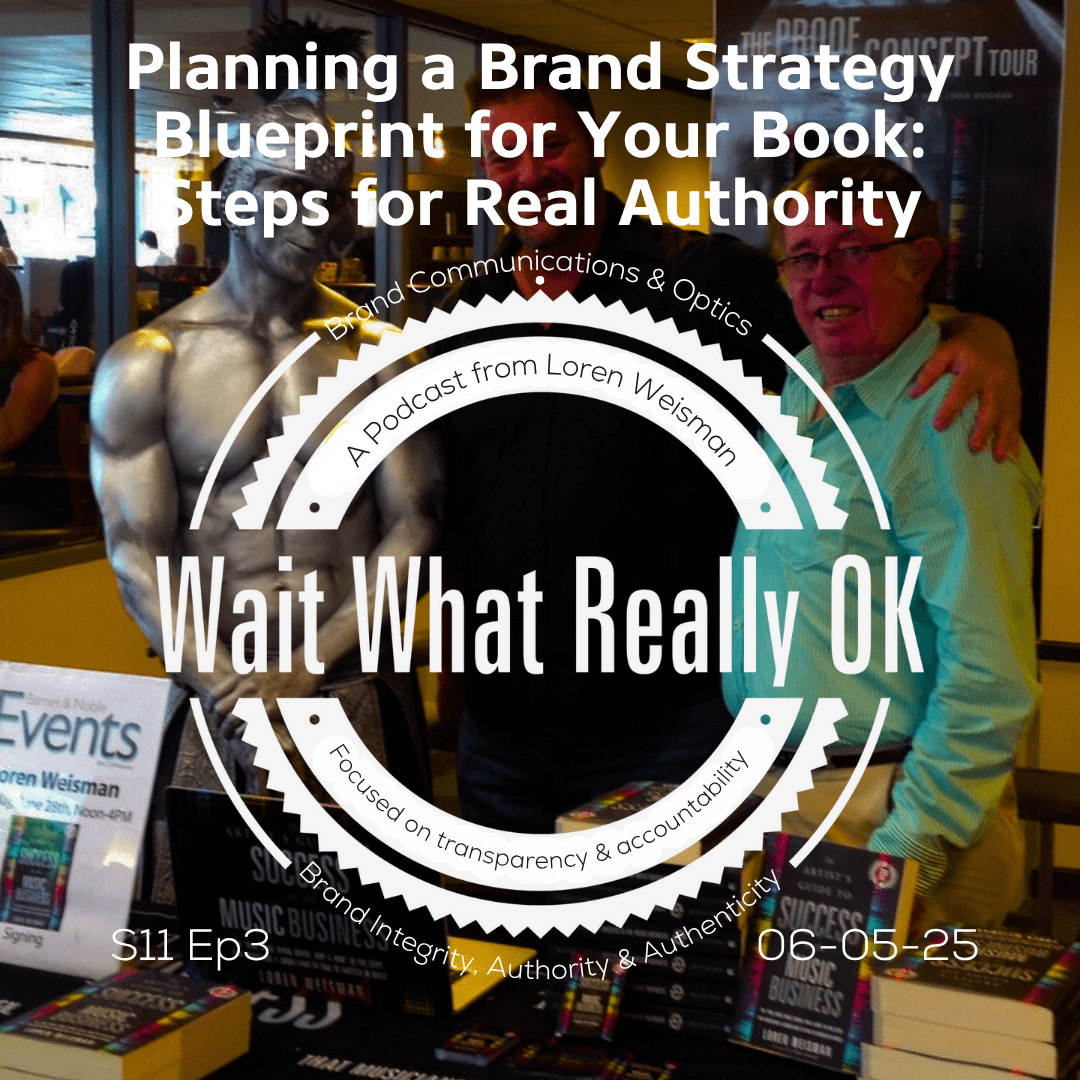
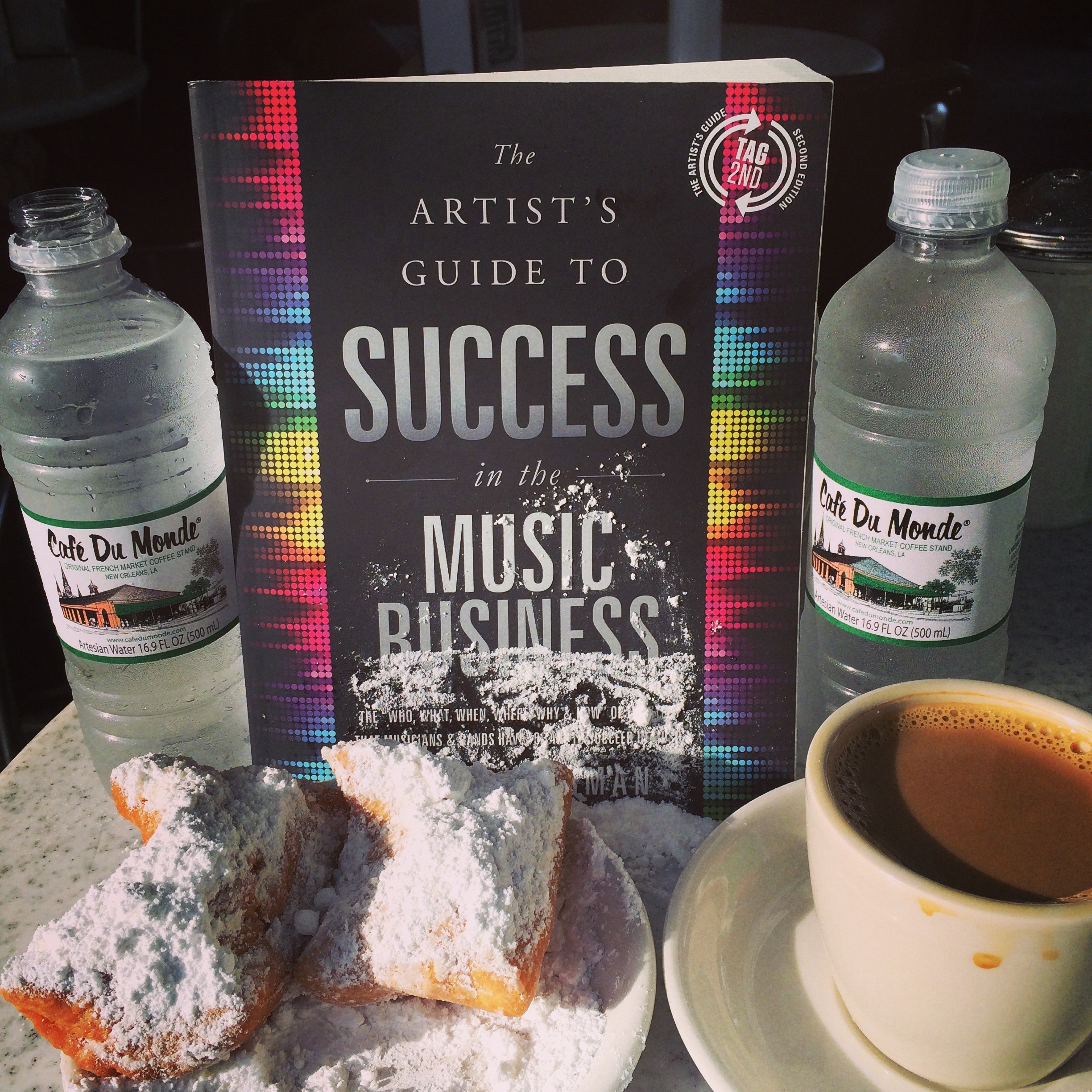

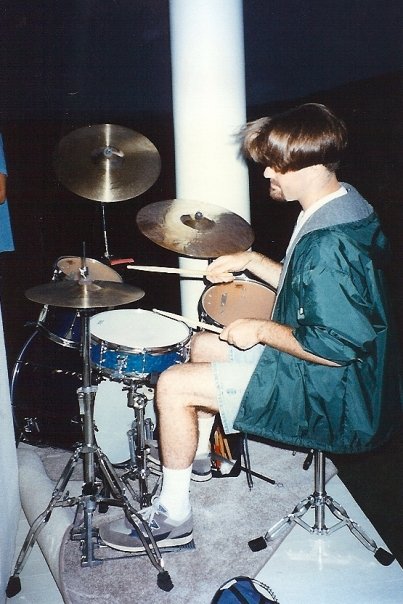
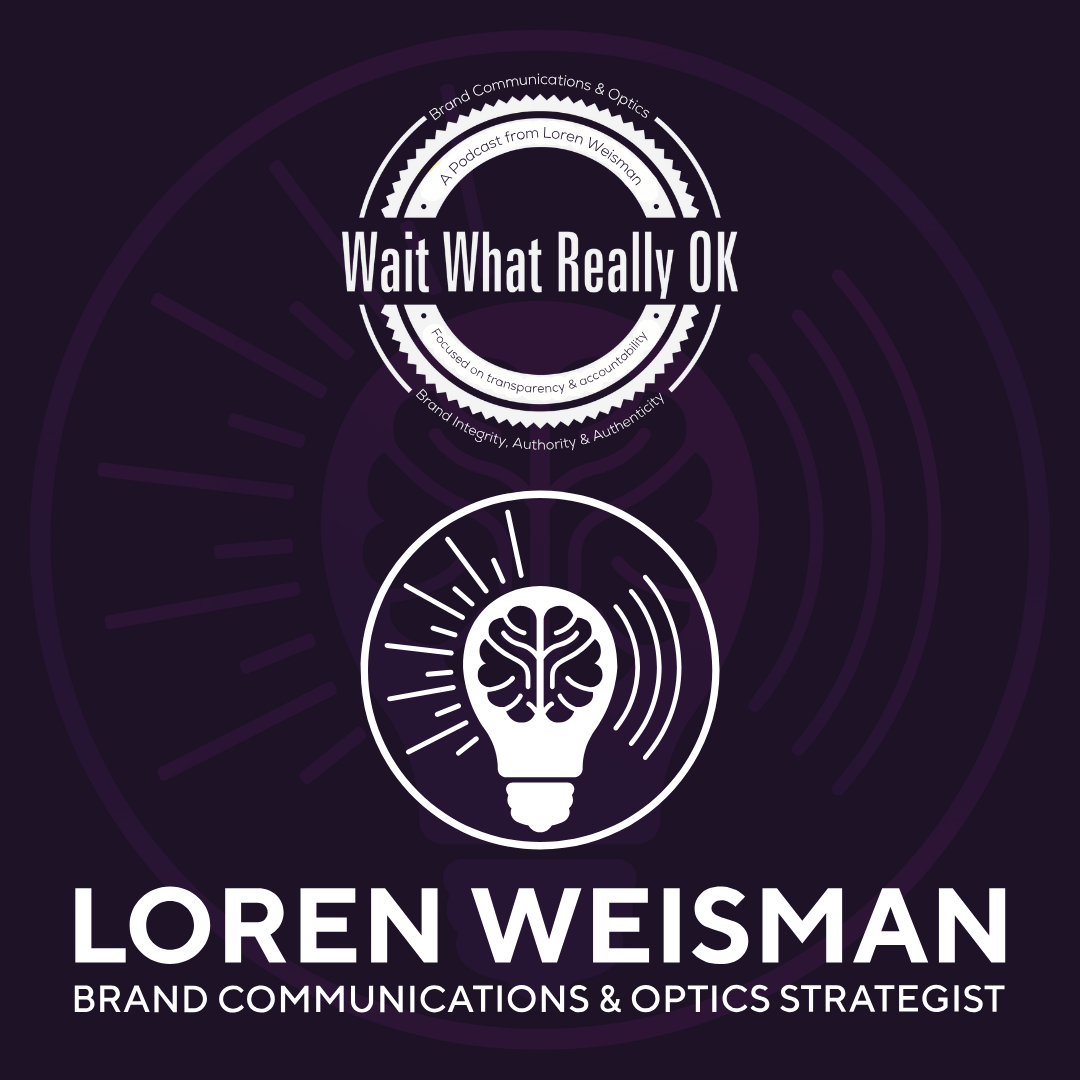
Leave a Reply